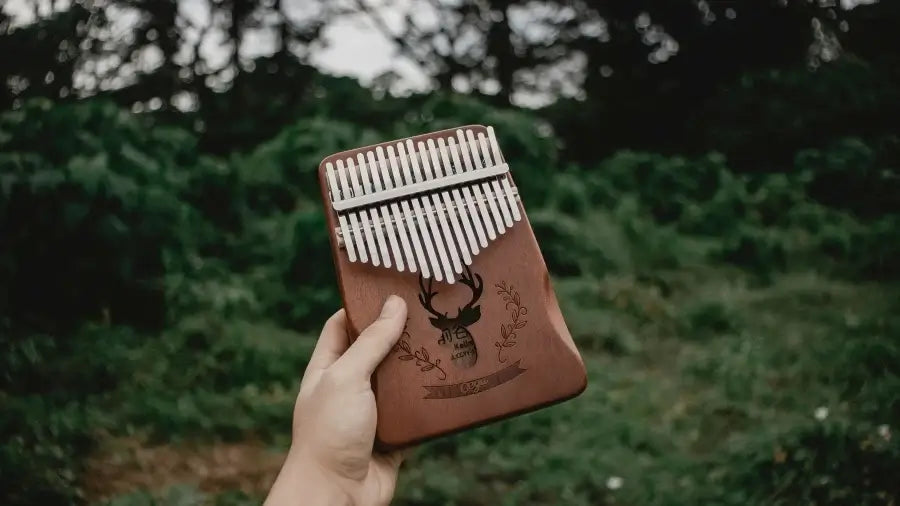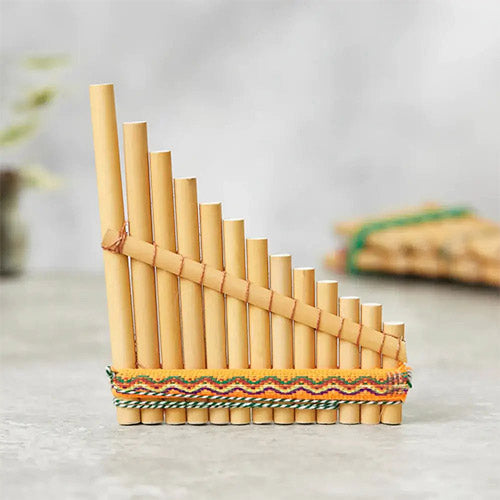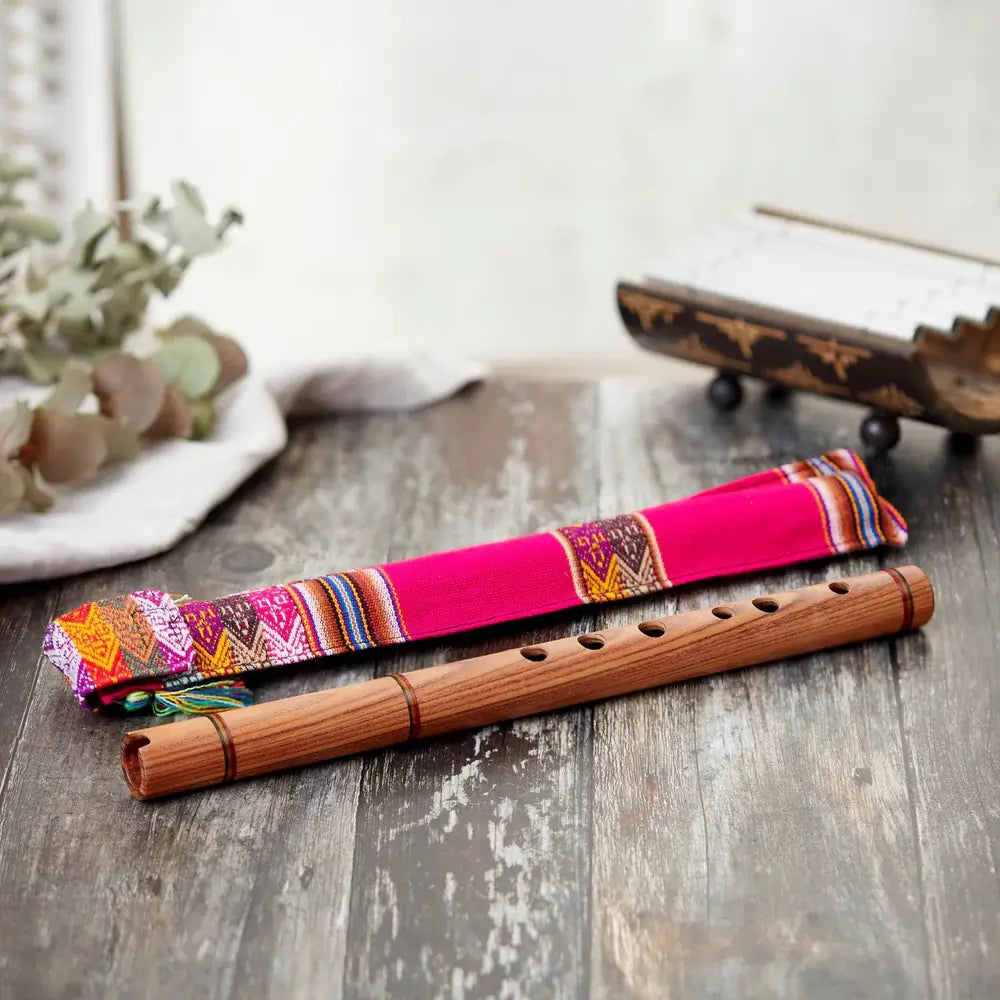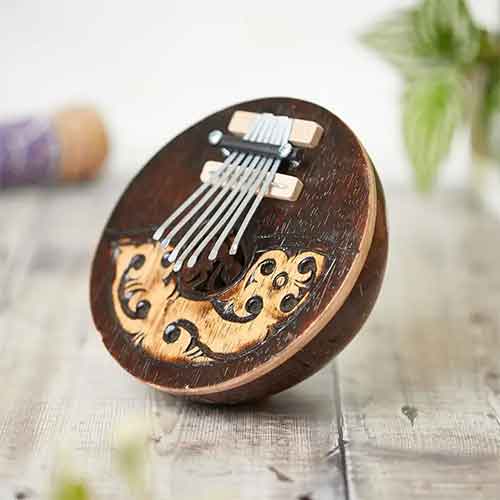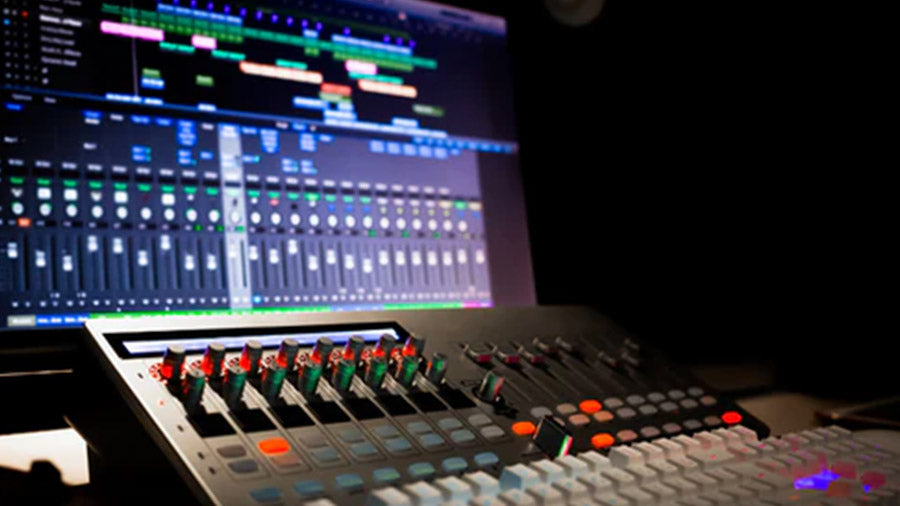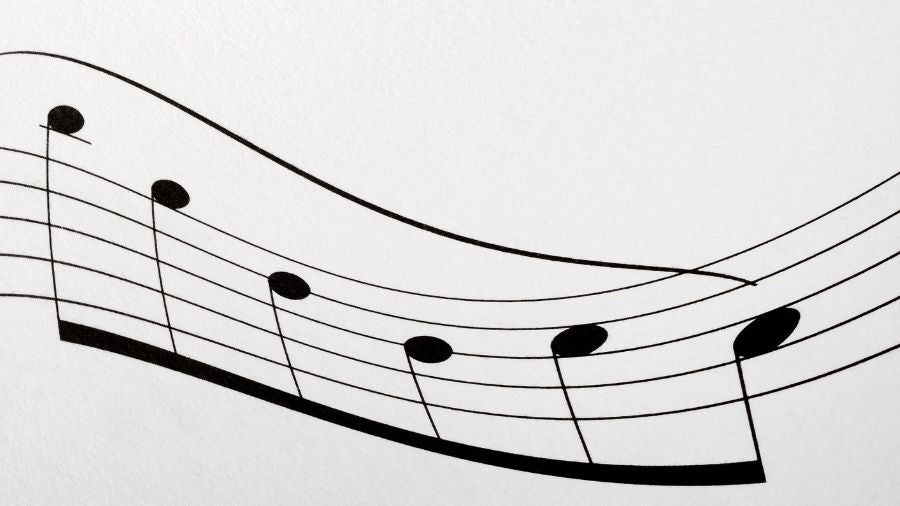In 2016 we started selling coconut thumb piano kalimbas and to provide more value to you, our team started creating kalimba tabs on our website and play-along videos on our YouTube channel. These articles and videos were made so that you can learn to play the kalimba and to take it a step further we have created these free online kalimba lessons which form a complete course for any passionate musician or hobbyist.
Before you know it you will be able to play your kalimba live to an audience. This course has been broken up into musical knowledge, and practical. Assuming that you have yourself a kalimba let's get started.
Lesson 1 - The basics
In the first lesson you will be introduced to the Kalimba and we will go through all of the basics involved in learning to play the instrument. We cover topics such as the parts of the instrument, how to hold your kalimba, how to tune your Kalimba, how to play it and more.
The parts explained
To make things easier, we have created a digram which clearly labels parts of the kalimba such as the metal tines, vibrating bar, nut cylinder, saddle, body, the front and rear sound hole. Whilst you may not need to know all of these things, it can be helpful when trying identify parts.

How to hold the kalimba
To hold your kalimba comfortably, using two hands, you will need to put your fingers around the back of the instrument. As the instrument is played by plucking the metal tines with your thumbs you should make sure that you are not holding the instrument too tight as it will make it more difficult to move when playing notes.
You should also not cover the sound holes on the front or back as this is how the sound will be amplified unless you are using technique to create a tremolo / vibrato effect. This effect can be achieved by covering and uncovering the back sound hole quickly whilst playing. Assuming that your ready to play play each tine one by one and if the notes dont sound right and you suspect that the instrument is out of tune follow the video below.
How to tune the kalimba
Despite the video below being how to tune the thumb piano. The concept is exactly the same with the only different being the key positioning. When your instrument arrives it should already be in tune but if something sounds wrong you can refer to the note that it says on each tine. Download the kalimba tuning app and turn your microphone.
Play the C note and if it comes up as C on the app then that note is in tune. You will need to do this for every note just to ensure that it is right. Any notes that are not matching will need tuning. Some people find it easy to do this by hand whilst others prefer to use a tuning hammer to adjust the position of the note.
How to play the kalimba
Now that your instrument is in tune, it is time to play. We are not expecting you to be able to play the instrument well on your first lesson but a great way to feel more comfortable with the instrument is by starting at the note C/1 and work your way up the scale by alternating the thumbs. For example: C/1 - D/2 - E/3 - F/4 - G/5 - A/6 - B/7 - C°/1° - D°/2° - E°/3° - F°/4° - G°/5° - A°/6° - B°/7° C°°/1°° and so on. The first time you play, your thumb may get a little bit sore which they will get used too. If you find it too uncomfortable you can get silicone thumb guards.
When referring to tablature or tabs for short we try to steer clear of traditional tablature because it isn't always universal and is usually suited to a specific kalimba with the G starting in the middle as the lowest note, whilst other instruments may start with the C or could even contain sharp notes. This is why we like to write our tabs in a simplistic way so that anyone can pick up the instrument and be able to play their favourite songs in an instant.
Lesson 2 - how to play chords
As you become more comfortable holding the music instrument you will be ready to learn some kalimba chords for beginners. The kalimba work in a very similar way to a piano and learning chords will allow you to play your favourite songs.
When playing chords, you can play them two ways, the first way is by playing the chords open which is when more than one note is played at the same time. For example, (C,E,G). The other way is by playing the chords broken, this means to play the notes one after the other. For example C, E, G. Below are some chords that you can play to help you practice.
- C Major - (C, E, G)
- D Minor - (D, F, A)
- E Major - (E, A, D)
- F Major - (F, A, C)
- G Minor - (G, D, F)
- A Minor - (A, C, E)
- B Major - (B, D, F)
Lesson 3 - Physical practice
If you want to get good at playing your favourite songs then you should practise playing them. It's a simple concept, either look at kalimba tabs on our website or watch our kalimba tab YouTube videos and play along with us at the same time. Don’t worry if you are not good at playing it straight away, practise makes perfect.
Part of practising and getting better is knowing how to practice. A great way to practice is by playing up the scale to get used to the positioning of each note, and then alternating the pattern. If you can comfortably play the notes, put a video on and try to play along with us. Don't worry if you get it wrong, part of getting good at something is making mistakes.
The Only Kalimba Guide You’ll Ever Need!
The Complete Kalimba Player eBook is a 62-page resource packed with tuning guides, diagrams, exclusive tips, and 37 easy songs for all skill levels. Save time with this all-in-one guide—the only resource you’ll ever need! Get instant access to a quality-checked, printable PDF full of variety.
Was £10, now £5—offer ends soon, get yours now and start your kalimba journey today!

